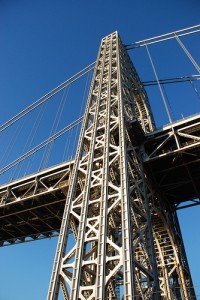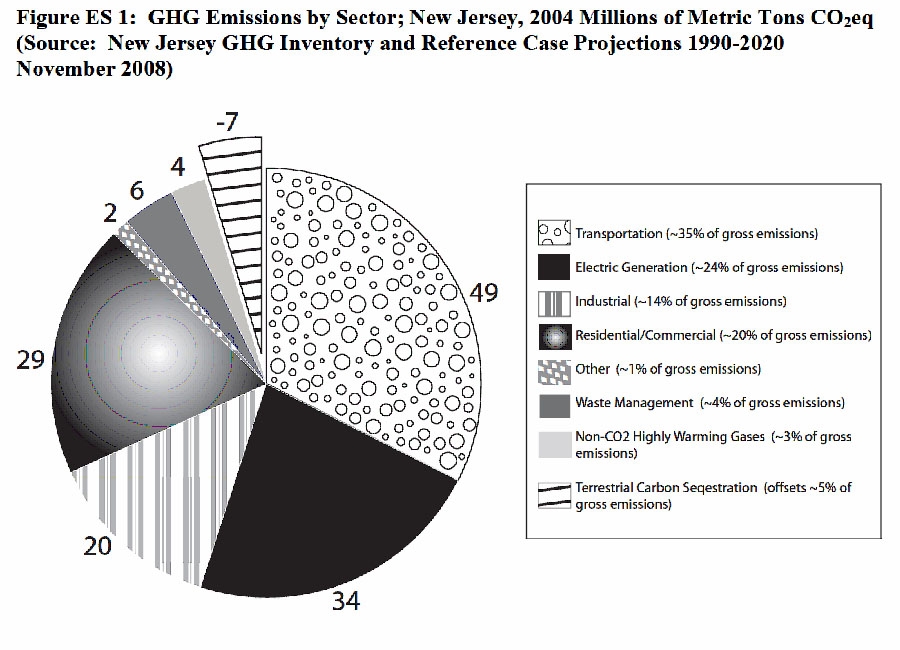New Jersey Future Blog
Talking About Transportation
November 16th, 2011 by New Jersey Future staff
Last week, I attended the Young Professionals in Transportation-NYC breakfast in Manhattan. Greg Kelly, transportation president at Parsons Brinckerhoff, hosted the event, and spoke at length about his professional experiences, the current state of our infrastructure and the future of large projects. One of the most interesting aspects of his presentation was how we need to change the way we talk about transportation projects.
DC Streetsblog recently highlighted an interesting study comparing the cost of high-speed rail in California to the cost of not completing the project. Although the cost estimate for this large project has ballooned to $98 billion, Streetsblog points out that “to take the full measure of the project’s worth, you also need to consider the costs of not building the line. The CHSRA claims that given projected population increases and current congestion levels, the state would have to build ‘an additional 2,300 lane-miles of highways, 4 runways, and 115 airline gates’ if it doesn’t build the high-speed rail line – at a total cost of $171 billion.”
This is an interesting way to present the real costs of investment or lack of investment in major infrastructure projects. To help move projects forward, Kelly said, it is important to articulate that they support future generations and failure to proceed may create an infrastructure deficit for many years. Taking a long view on projects and using a phased approach can help build buy-in and ensure success. Leadership is also key: “You need someone to step up and say, ‘We’re going to start this, but it will take a long period of time to complete the project. This is important,’” said Kelly.
Kelly also stressed that planners and engineers need to get better at explaining to stakeholders in a compelling manner the importance of investment in infrastructure projects. He used the recent MSNBC commercial in front of the Hoover Dam as a good example of storytelling. In New Jersey, while we need to use sound information and data to show the need still exists for a trans-Hudson tunnel project, we also need to get better at using individual stories to make the issues surrounding such a project resonate better: This project is important because people like Karen want to live within an hour’s commute of Manhattan, and better transit will make New Jersey a more attractive choice.
To tell the story of the benefits of such projects, perhaps we should start by moving away from insider terms such as “infrastructure.” These make sense to planners and engineers, but quickly lose relevance for lay people. Instead, we should be talking more about the benefits to those who will use the infrastructure: safe streets so kids can walk or bike to school, structurally sound bridges and tunnels and functional transit that improve commutes, and healthy pipes to deliver clean water. If stakeholders value the benefits, they’ll be more willing to undertake the costs.
















